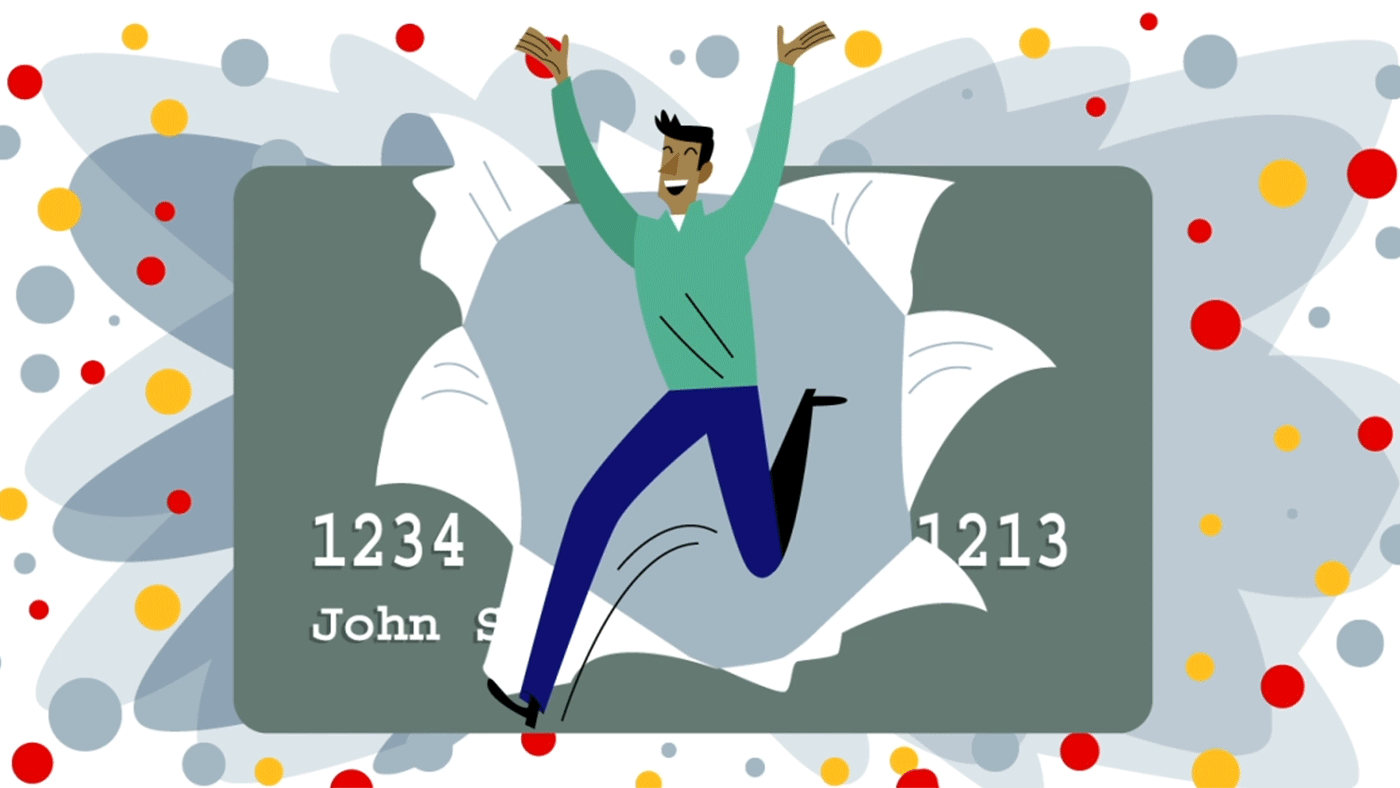Designed for AAA Members
AAA offers financial services built with the value and security you expect from AAA.

Dave Klug
Do you have credit card debt? Many Americans do—to the tune of more than $1 trillion collectively, according to the Federal Reserve. And more than 40% of balances are not paid off each month.
That can be a financial challenge, but it’s not a life sentence. Take these steps toward paying off credit cards:
Most people don’t like thinking about debt, but a little planning can make it less uncomfortable. Accounting for your budget and card balance, decide when you want to have everything paid off and track your progress. A sense of accomplishment each month helps motivate you toward paying off credit cards.
Once you have your goal, set your strategy. One place to start is with a “snow” strategy for your credit cards:
Take a critical look at your wants versus needs. Make simple moves, such as cutting your daily coffee shop habit, preparing more meals at home, or canceling your cable or movie-streaming services. Take your budget seriously and make it a priority to only charge to your credit card what you can pay off each month.
With a big balance, it can seem like the credit card company is doing you a favor by setting such a reasonable minimum payment. But when you pay only the minimum, interest adds up because only a small fraction of the amount you pay goes to your principal. Taking the “extra” money from cutting back on expenses and putting it toward paying off credit cards is beneficial in the long run and can help you achieve your goals faster.
If your credit card offers cash-back rewards, put that money toward your bill. It will likely be only a small percentage of the total that you owe, but think of it as a discount on your debt.
Many credit cards offer new customers an introductory period of low, or even zero, interest rates when you transfer your balance from another card. If you qualify, this could give you months to pay down what you owe, with every penny going toward your principal.
Trade the high interest rates of many credit cards for the more manageable rates of a personal loan. You’ll still have to pay interest, but more of your payments can go toward reducing the principal. Be careful, though, that you don’t merely use your new loan to go deeper in debt.